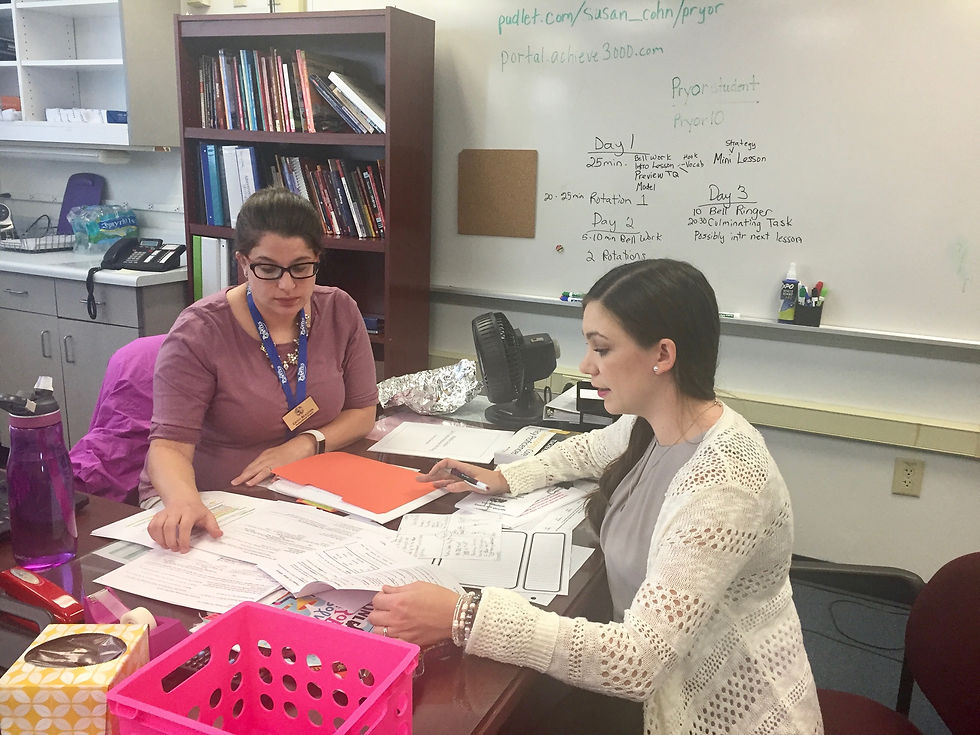Tamara Griffith
Teacher Growth
"One of the beauties of teaching is that there is no limit to one's growth as a teacher, just as there is no knowing beforehand how much your students can learn."
~Herbert Kohl
Simply put, I am not the same teacher I was five years ago when I stood in front of my students for the very first time. As I gain teaching experience and apply new knowledge from professional development, the instructional decisions I make on behalf of my students, and how I make them, become more intentional, refined, and culturally responsive. Thus, my growth and development as an educator has allowed me to make better instructional decisions.
Assessment, planning for instruction, and instructional strategies are three areas where I have demonstrated growth as an educator. These three areas are deeply interconnected and are vital to students' academic achievement. In order to reach my classroom big goals and to ensure student mastery, I have to know precisely where my students need to be academically by the end of the year; thus, assessment, planning for instruction, and implementing instructional strategies all play a significant role in strategically achieving my year-long goals and students' mastery of standards. Subsequently, purposeful long-term, unit, and lesson planning allows me to support every student in meeting our grade level standards by meaningfully and intentionally planning for multiple methods of assessment, such as diagnostic, formative, and summative assessments. Data analyzed from these varied assessments provide keen insights as to which instructional strategies will best meet and support students' academic and cultural needs as well as engage them in cross-disciplinary skills. Moreover, as I refine my ability to assess students, plan for instruction, and implement culturally responsive instructional strategies, I am able to masterfully tailor instruction to meet the needs of my diverse learners, thereby contributing to their academic success.
Click on the images below to explore how I utilize multiple methods of assessment, plan instruction that meets rigorous learning goals, and implement instructional strategies to encourage my learners to develop and apply a deep understanding of language arts.


